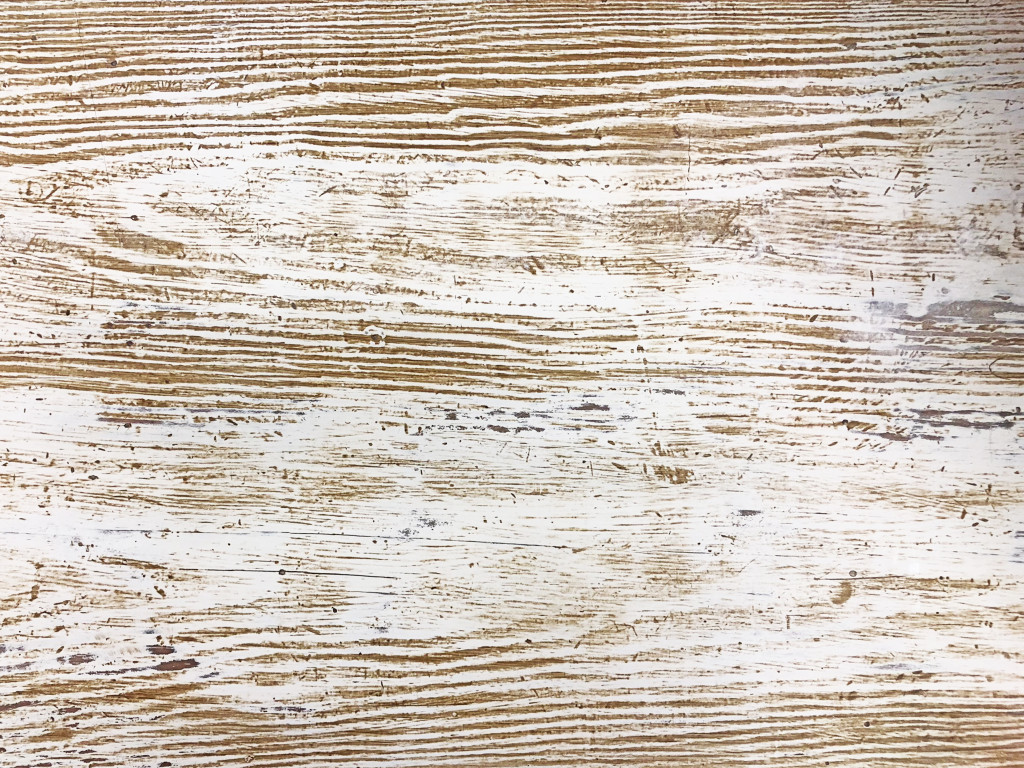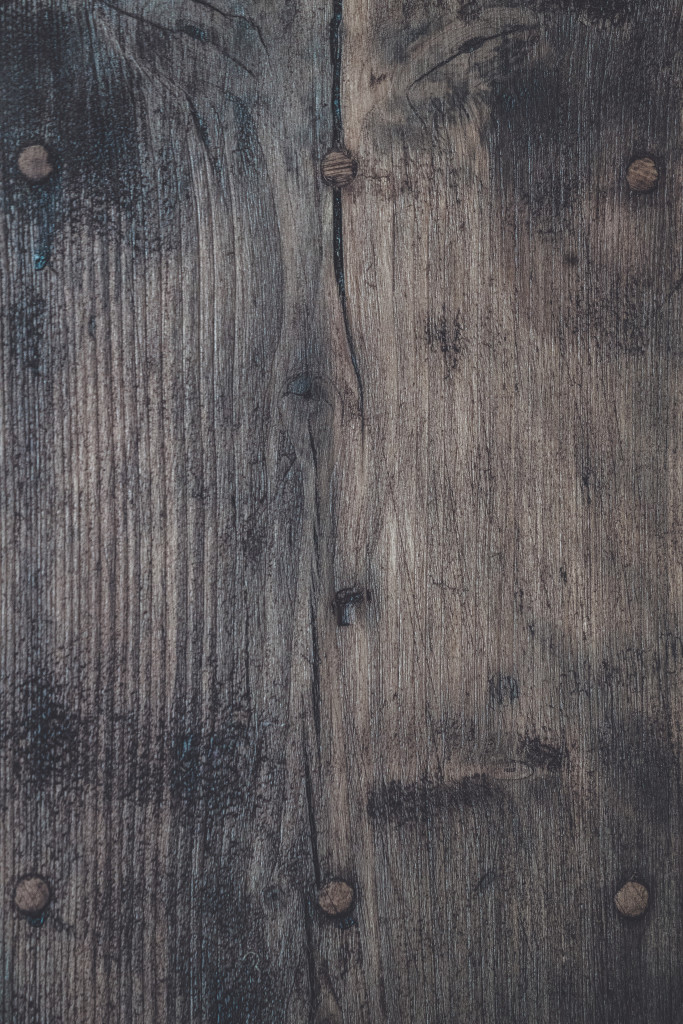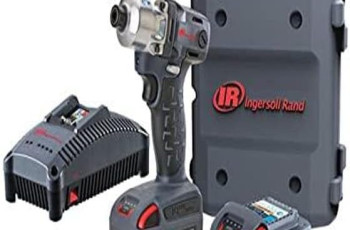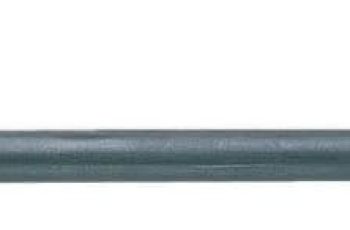Maintaining your die grinder is essential for ensuring its longevity and optimal performance. In this article, you will discover some valuable tips and tricks to help you keep your die grinder in excellent condition. By following these maintenance practices, you can maximize the lifespan of your tool and tackle any project with ease.

1. Clean the Die Grinder Regularly
Regular cleaning is essential to keep your die grinder in top condition. By cleaning it regularly, you can prevent debris build-up and ensure optimal performance. Here are some important steps to follow when cleaning your die grinder:
1.1 Wipe the Exterior
Start by wiping the exterior of the die grinder with a clean cloth. This will help remove any dirt or grime that may have accumulated on the surface. Pay special attention to the grip and handle areas, as these are the parts that come into direct contact with your hands.
1.2 Remove Dust and Debris
Next, you’ll want to remove any dust and debris that may have entered the grinder. Use a small brush or a toothbrush to gently brush away any particles that may have settled in the crevices or vents. Be thorough in this step to ensure that there is no obstruction that could affect the grinder’s performance.
1.3 Use Compressed Air for Internal Cleaning
To clean the internal parts of your die grinder, you can use compressed air. Make sure to follow the manufacturer’s instructions for safe and proper use of compressed air. Use short bursts of air to blow away any remaining dust or debris inside the grinder. This will help maintain a clean and efficient tool.
2. Lubricate the Die Grinder
Proper lubrication is crucial to keep your die grinder running smoothly and to prolong its lifespan. It helps reduce friction and prevents wear and tear on the moving parts. Here’s how you can properly lubricate your die grinder:
2.1 Choose the Right Lubricant
Selecting the appropriate lubricant is important to ensure optimal performance and longevity of your die grinder. Check the manufacturer’s recommendations for the type of lubricant that is compatible with your specific model. Avoid using excessive amounts of lubricant as it can attract dust and debris.
2.2 Apply Lubricant to Moving Parts
Using a small amount of lubricant, apply it to the moving parts of your die grinder. This includes the spindle, bearings, and gears. Make sure to distribute the lubricant evenly and ensure that all the necessary components are covered. This will help reduce friction and keep the parts running smoothly.
2.3 Wipe Off Excess Lubricant
After applying the lubricant, wipe off any excess with a clean cloth. This will prevent the accumulation of dirt or dust on the surface of the die grinder. It’s important to maintain a clean tool to ensure optimal performance and prevent any potential damage.
3. Inspect the Power Cord
The power cord plays a crucial role in providing electrical power to your die grinder. It’s important to regularly inspect the power cord for damages and ensure that it is handled and stored properly. Follow these steps to maintain the power cord of your die grinder:
3.1 Check for Damages
Regularly examine the power cord for any cuts, frays, or exposed wires. Damaged cords can be a safety hazard and may affect the performance of your die grinder. If you notice any damages, it’s important to address them promptly to prevent any further issues.
3.2 Repair or Replace Damaged Cords
If you find any damages on the power cord, it’s recommended to repair or replace it. Only use cords that are specifically designed for your die grinder model and make sure to follow the manufacturer’s instructions for proper replacement. This will help ensure safe and reliable operation of your tool.
3.3 Store and Handle Cords Properly
Proper storage and handling of the power cord are important to prevent any damages. Avoid wrapping the power cord tightly around the die grinder or other objects, as it may cause kinks or cuts. Instead, loosely coil the cord and store it in a dry and safe place. Also, avoid pulling or yanking the cord when unplugging it from the power source.
4. Check the Air Inlet and Exhaust Vents
The air inlet and exhaust vents are vital components of your die grinder as they help with proper airflow and cooling. It’s essential to regularly check them for any obstructions and ensure that they are clear. Follow these steps to maintain the air inlet and exhaust vents of your die grinder:
4.1 Clear Obstructions
Inspect the air inlet and exhaust vents for any dirt, dust, or debris that may be blocking them. Use a small brush or compressed air to remove any obstructions. Dust and debris can restrict airflow and cause overheating, so it’s important to keep these vents clear at all times.
4.2 Use a Brush or Compressed Air
To remove any dirt or dust that may have accumulated on the air inlet and exhaust vents, gently brush or blow them away using a small brush or compressed air. Be thorough but gentle to avoid causing any damage to these delicate parts.
4.3 Ensure Proper Airflow
After clearing the obstructions, ensure that there is proper airflow through the air inlet and exhaust vents. This will help maintain the optimal temperature of your die grinder and prevent overheating. Check these vents periodically to ensure that they remain clean and obstruction-free.

5. Examine the Motor Brushes
The motor brushes are responsible for conducting electricity and powering the motor of your die grinder. Regularly inspecting and maintaining these brushes is important to ensure the efficient operation of your tool. Here’s what you should do:
5.1 Check for Wear
Carefully examine the motor brushes for any signs of wear. Worn-out brushes can reduce the efficiency of the motor and may cause the die grinder to malfunction. Look for any fraying or excessive wear on the brushes. If they appear worn, it’s time to replace them.
5.2 Replace Worn Brushes
When you notice that the motor brushes are worn, it’s crucial to replace them promptly. Refer to the manufacturer’s instructions for the correct replacement brushes to use. It’s recommended to replace both brushes at the same time to ensure optimal performance and prevent any imbalances.
5.3 Properly Seat New Brushes
When installing new motor brushes, make sure they are seated properly and securely in the brush holders. Improperly seated brushes can cause poor electrical conductivity and may lead to motor failure. Follow the manufacturer’s guidelines for proper installation to ensure the brushes are in place correctly.
6. Monitor the Grinding Wheels and Burrs
The grinding wheels and burrs are vital components of your die grinder, as they do the actual grinding work. Regularly inspecting and maintaining these components is important to ensure efficient and safe operation. Here’s what you should do:
6.1 Inspect for Wear and Damage
Regularly examine the grinding wheels and burrs for any signs of wear or damage. Look for any cracks, chips, or excessive wear on the grinding surfaces. Damaged or worn-out wheels and burrs can affect the performance of your die grinder and may cause improper grinding.
6.2 Replace Damaged Wheels or Burrs
If you notice any damages or excessive wear on the grinding wheels or burrs, it’s crucial to replace them. Using damaged or worn-out wheels and burrs can result in poor grinding quality and may pose safety risks. Follow the manufacturer’s recommendations for proper replacement and ensure that you use compatible wheels and burrs.
6.3 Ensure Proper Installation
When replacing or installing grinding wheels and burrs, ensure that they are securely and properly installed. Improper installation can result in wobbling or instability during operation, which can affect the quality of your grinding work. Follow the manufacturer’s instructions for correct installation and make sure to tighten any locking mechanisms as required.

7. Verify the Collet Nut
The collet nut secures the grinding tools to your die grinder. Regularly inspecting and maintaining the collet nut is crucial to ensure proper tightening and safe operation of your tool. Follow these steps to verify the collet nut:
7.1 Ensure Tightening
Before each use, make sure to verify that the collet nut is tightly secured. Loose collet nuts can cause the grinding tools to become dislodged during operation, posing safety risks. Ensure that the collet nut is tightened securely to prevent any accidents or tool malfunctions.
7.2 Check for Nut Wear or Damage
Regularly check the collet nut for any signs of wear or damage. Look for any cracks or excessive wear on the nut’s surface. If you notice any damages, it’s important to replace the nut promptly to ensure safe and reliable operation of your die grinder.
7.3 Replace Worn or Damaged Nuts
When you identify any wear or damage on the collet nut, replace it with a new one. It’s recommended to use genuine manufacturer parts to ensure compatibility and proper functioning. Follow the manufacturer’s instructions for correct replacement and tighten the new nut securely.
8. Maintain Proper RPM
Maintaining the proper revolutions per minute (RPM) is crucial to achieve the desired results and prevent any damage or accidents. Follow these steps to maintain the proper RPM on your die grinder:
8.1 Adjust Speed Settings
Ensure that you set the die grinder’s speed to the appropriate level for the task at hand. Different materials and grinding applications require different RPM settings. Refer to the manufacturer’s guidelines or consult an expert to determine the correct speed for your specific needs.
8.2 Avoid Overheating
Running the die grinder at excessive speeds for prolonged periods can cause overheating, which can damage the motor and other internal components. Avoid running the tool continuously at high RPMs without breaks. Allow the tool to cool down periodically during extended use to prevent overheating.
8.3 Follow Manufacturer Guidelines
It’s important to always follow the manufacturer’s guidelines regarding RPM settings. The manufacturer’s recommendations are based on the design and specifications of the die grinder and can help ensure safe and optimal performance. Be sure to familiarize yourself with the recommended RPM ranges for different tasks and materials.
9. Store the Die Grinder Appropriately
Proper storage is essential to protect your die grinder from damage and ensure its longevity. Follow these steps to store your die grinder appropriately:
9.1 Clean and Remove Accessories
Before storing your die grinder, make sure to clean it thoroughly and remove any accessories or attachments. This includes grinding wheels, burrs, and any other attachments you may have used during your work. Cleaning the die grinder and removing accessories will help prevent the accumulation of debris and prolong the life of your tool.
9.2 Use a Protective Case
Invest in a protective case or storage box specifically designed for die grinders. A case will provide additional protection and prevent any accidental damage that may occur during transportation or storage. Place the die grinder in the case, making sure it is securely stored to prevent any movement or potential damage.
9.3 Store in a Dry and Safe Place
Store your die grinder in a dry and safe place away from moisture, extreme temperatures, and any potential hazards. Avoid leaving the tool exposed to dust or other debris that may affect its performance. A clean and dry environment will help maintain the die grinder’s condition and ensure it’s ready for use whenever you need it.
10. Follow Safety Guidelines
Using a die grinder can be a potentially hazardous task if not done properly. It’s important to prioritize safety and follow these guidelines:
10.1 Wear Personal Protective Equipment
Always wear the necessary personal protective equipment (PPE) when operating a die grinder. This includes safety glasses, gloves, and ear protection. PPE will help protect you from potential flying debris, noise, and vibrations associated with the tool’s operation.
10.2 Understand the Tool’s Limitations
Familiarize yourself with the limitations of your die grinder. Understand the materials and applications that the tool is designed for and avoid using it on materials or tasks that exceed its capabilities. Using the tool improperly can lead to accidents, damage to the tool, or reduced performance.
10.3 Keep Away from Children and Unauthorized Users
Ensure that your die grinder is stored in a secure location that is inaccessible to children or unauthorized users. This will prevent any accidental misuse that may result in injuries or damage. Additionally, educate yourself and others on the safe operation and handling of the tool to promote a safe working environment.
By following these comprehensive die grinder maintenance tips, you can ensure the longevity and optimal performance of your tool. Regular cleaning, lubrication, inspection, and proper handling will help keep your die grinder in top condition for all your grinding needs. Remember to prioritize safety and consult the manufacturer’s guidelines whenever necessary. Happy grinding!



